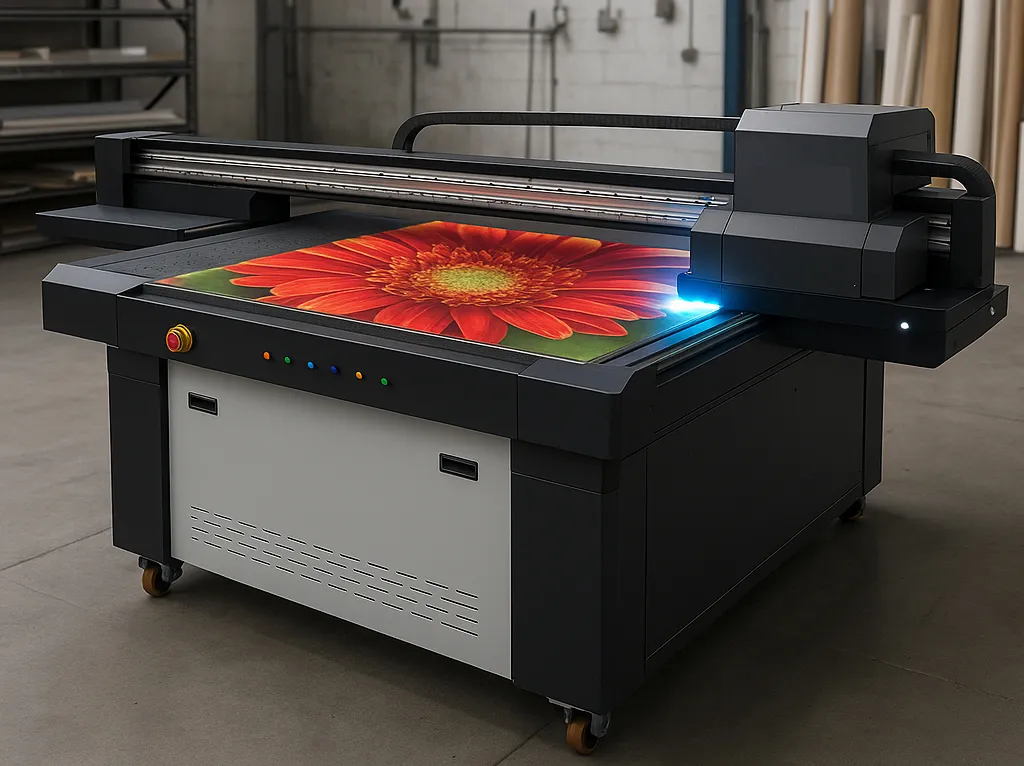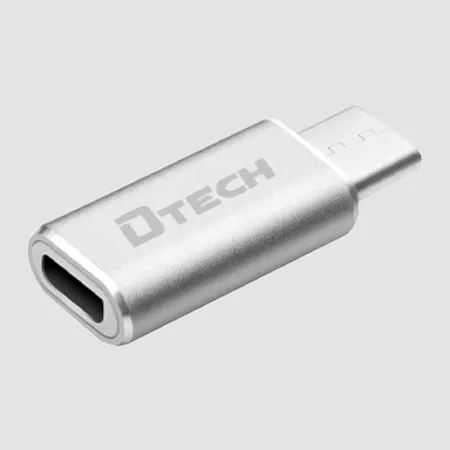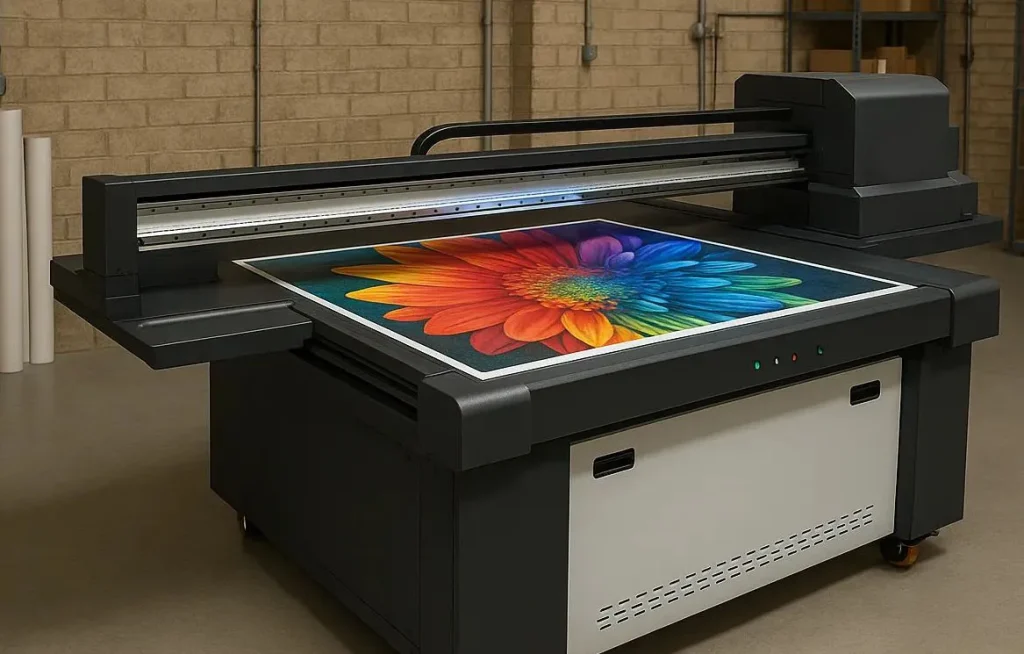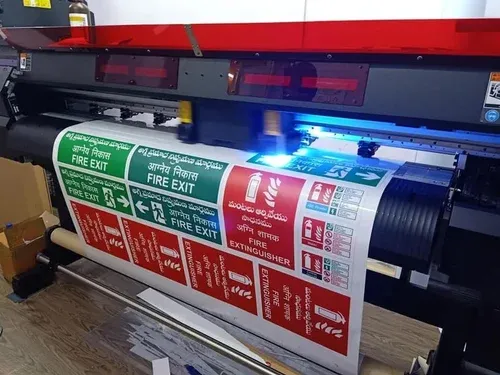Avoid your inquiry is delay response, please enter your WhatsApp/WeChat/Skype along with the message, so we can contact you at the very first time
We will reply you within 24 hours. If for urgent case, please add WhatsApp: +8617888313102, or WeChat: +86 17864107808. Or call +86 17864107808 directly.
*We respect your confidentiality and all information are protected. We will only use your information to respond to your inquiry and will never send unsolicited emails or promotional messages.
Struggling with printing limitations on diverse materials? Are slow turnaround times and inconsistent quality hindering your business growth? As UV Flatbed Printer Manufacturers, we see businesses facing these challenges daily. It’s time for a solution that expands your capabilities and delivers exceptional results reliably.
A UV flatbed printer machine is a type of digital printing machine that prints directly onto a wide variety of flat or slightly curved surfaces (substrates). It uses specialized UV inks that are instantly cured (dried) by ultraviolet (UV) light emitted from UV LED lamps integrated into the print head carriage. This process allows for high-resolution printing on materials like plastic, wood, glass, metal, acrylic, ceramic, and more, offering incredible versatility for many industries.

UV flatbed printer technology has stood out in the constantly evolving digital printing world. But what truly sets it apart? Unlike traditional printing methods that often require specific coatings or are limited to paper-based media, a uv flatbed printer offers unparalleled freedom. Imagine being able to print directly onto almost any flat substrate, from rigid boards to flexible films, without pre-treatment in many cases. This ability has opened up new world doors for industries such as advertising, packaging, manufacturing and decoration.
As manufacturers, we’ve engineered these machines to be robust printing solutions. The core advantage lies in the uv printing technology itself. The uv ink doesn’t get absorbed into the material like conventional inks; instead, it sits on the surface and is instantly hardened by uv light. This results in vibrant, durable prints with excellent adhesion on a vast variety of materials. This digital printing machine isn’t just an upgrade; it’s often a complete transformation for a company’s production capabilities, enabling high-quality printing on demand. For businesses needing versatile printing methods, the flatbed uv printer is a revolutionary tool.
The magic behind the uv printer lies in its curing process. It’s quite fascinating! As the print head assembly moves across the flatbed, it precisely jets tiny droplets of specialized liquid uv ink onto the substrate. Immediately following the ink deposition, high-intensity UV LED lamps, mounted alongside the print head, pass over the printed area. This exposure to specific wavelengths of uv light triggers a photochemical reaction in the ink.
This reaction, known as photopolymerization, instantly transforms the liquid ink into a solid, durable layer bonded to the surface. This is not drying through evaporation; Rather, it is a kind of nearly instantaneous solidification. This rapid curing process is key to why uv printing machine technology is so efficient. It prevents the ink from spreading or bleeding, ensuring sharp details and vibrant colours. Furthermore, because the ink is cured instantly, the printed item is ready for handling or finishing immediately, drastically reducing production times compared to traditional printing methods that require lengthy drying periods. Our printer working mechanism ensures this happens seamlessly, pass after pass.
This is where the uv flatbed printer truly shines and demonstrates its incredible versatility. The list of compatible materials is extensive, making it a powerhouse for various industries. Because the uv ink cures on the surface rather than absorbing in, a uv printer can print effectively on both porous and non-porous substrates. As manufacturers, we’re constantly amazed by the innovative ways our clients use these machines.

Here’s a glimpse into the wide range of materials you can print directly on:

The ability to print on such diverse surfaces, including materials up to several inches thick (depending on the specific flatbed uv printer model), makes this technology incredibly valuable. Whether you want to print on plastic, ceramic, or wood, a uv printer offers a robust solution.
Modern uv flatbed printer, like the ones we manufacture, are packed with features of uv technology designed to maximize productivity, quality, and ease of use. These aren’t just simple printing machine units; they are sophisticated pieces of engineering. Key benefits often include:

The sheer range of applications of uv printing is astounding, driven by the technology’s flexibility. As manufacturers, we see our best uv flatbed printer deployed across numerous sectors:

This list barely scratches the surface. Essentially, any application requiring durable, high-quality printing on flat or slightly curved objects is a potential fit for UV printing machine technology. The introduction of UV DTF printers (using AB film) further expands possibilities, allowing UV prints to be transferred to irregular or curved surfaces – a hybrid approach combining UV print durability with DTF transfer flexibility. Discover the differences and applications in our guide comparing UV and DTF printing.
Selecting the right size uv printer depends entirely on your business needs, available space, budget, and the types of products you intend to print. We manufacture a range of sizes to cater to different requirements.
When choosing, consider not just your current needs but also your growth aspirations. A slightly larger uv printer might offer better long-term value if you anticipate expanding your product offerings or volume. We can help guide you through the selection process based on your specific printing needs. Learn more about the possibilities with different sizes in our comprehensive UV printer guide.
Choosing where to buy your uv flatbed printer is as important as choosing the printer itself. While resellers exist, partnering directly with a manufacturer like us offers distinct advantages, especially for businesses prioritizing quality, reliability, and support:

We understand that purchasing a uv flatbed printer is a significant investment. We are committed to being more than just a supplier; we aim to be a long-term partner in your printing success, providing the reliable machinery and expert support you need to thrive. Explore our range of high-quality UV flatbed printers designed for demanding applications.
When using UV flatbed printers, it is important to ensure the suitability of the operating environment and the quality of the ink. First of all, the choice of certified, market reputation good factory inks, especially those with a high degree of versatility, is a wise choice in the current industry, because most ink performance differences are not too great.
Regarding machine placement, careful consideration is required:
Adjust the ink level height according to the ink sac type to ensure that the negative pressure system works properly, neither too large nor too small to avoid poor ink supply or dripping ink.
Adjust the ink level height according to the ink sac type to ensure that the negative pressure system works properly, neither too large nor too small to avoid poor ink supply or dripping ink.
Check the status of the nozzle every day, once you find signs of blockage, immediately gently clean, avoid excessive force pumping ink, so as not to damage the nozzle. Correct pumping techniques, such as slowly drawing a small amount of ink after standing, and then flash spray test, can effectively extend the service life of the nozzle.In summary, pay attention to ink selection, environmental control, correct maintenance, especially to avoid strong light, dry, dust and improper operation, is the key to ensure the long-term and stable operation of UV flatbed printer nozzle.
When evaluating a uv printer, always inquire about the specifics of the warranty, the availability and cost of service contracts, the responsiveness of the support team, and the ease of obtaining spare parts. A strong support structure from the manufacturer is essential for protecting your investment and ensuring continuous operation. We pride ourselves on providing robust support because your success reflects directly on our product quality and commitment.
What types of UV ink are used in these printers?
UV flatbed printers typically use specially formulated UV-curable inks. These come in standard CMYK (Cyan, Magenta, Yellow, Black), plus optional White ink (for printing on dark/clear substrates) and Varnish (for gloss, matte, or textured effects). Some specialized inks for specific adhesion properties (e.g., for glass or certain plastics) are also available. The key is that the ink is cured by UV light.
Is a UV flatbed printer difficult to operate?
Modern uv printing machine are designed with user-friendliness in mind, featuring intuitive software interfaces and automated functions (like height detection). While there’s a learning curve, especially regarding substrate handling and print settings for optimal results, comprehensive training provided by the manufacturer makes operation manageable. Basic computer skills and a willingness to learn the print process are usually sufficient.
Can a UV printer print on curved or uneven surfaces?
Traditional flatbed uv printers are designed primarily for flat or slightly irregular surfaces (tolerating very minor height variations). For significantly curved items, UV printing directly isn’t ideal. However, the emergence of UV DTF printer technology (flatbed uv dtf printer) using AB film allows UV prints to be transferred onto curved and irregular shapes, expanding the possibilities for items like bottles, helmets, etc.
How durable are UV prints, especially outdoors?
UV prints are known for their excellent durability. The cured uv ink forms a tough, scratch-resistant layer. They generally have good resistance to moisture, chemicals, and fading from sunlight, making them suitable for printing outdoor signage and other demanding applications. Longevity can vary based on the specific ink, substrate, and environmental exposure, but they typically outperform many other printing technologies in terms of durability.
What maintenance does a UV flatbed printer require?
Regular maintenance is crucial for optimal performance and longevity. Common tasks include daily/weekly cleaning of the print head surface and capping station, checking ink levels, wiping down the machine, performing nozzle checks, and following manufacturer guidelines for periodic lubrication or filter changes. Preventative maintenance helps avoid costly repairs and ensures consistent high-quality printing.
How does UV printing compare to traditional printing methods like screen printing?
UV printing offers several advantages over traditional printing methods like screen printing. It allows for full-color, high-resolution printing in a single pass, requires no screens or plates (ideal for short runs and personalization), enables printing on a wider variety of materials without pre-treatment, and the instant cure speeds up production. Screen printing can be more cost-effective for very large runs of simple designs and can lay down thicker, very opaque ink layers.
Key Takeaways:
Ready to explore how our UV flatbed printing solutions can revolutionize your business? Contact us today to discuss your specific needs and discover the perfect printing machine to unlock your creative and production potential.